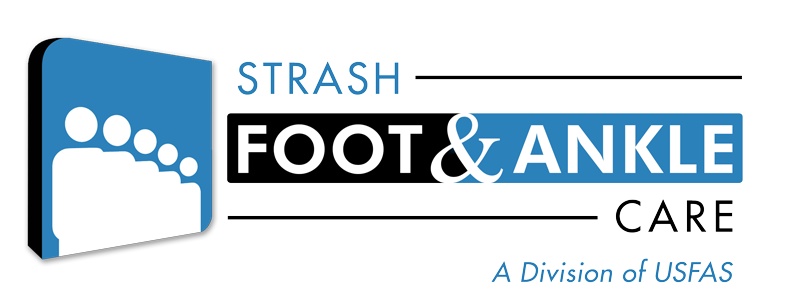04 Oct Morton’s Neuroma | Just Because You Don’t SEE It, Doesn’t Mean You Don’t HAVE It
Nine times out of 10, when I treat patients, there’s a visible sign that accompanies their pain. Whether it’s a fracture, a bunion, a hammertoe – these very visible signs signal to the patient that something’s wrong (along with the pain, of course)!
But there are some pesky conditions that refuse to show any visible symptoms – besides the pain – leaving people to second-guess themselves. “Do I really have a problem? I don’t see anything wrong, so I’m going to wait it out and see if the pain just goes away.”
One of these conditions is a very common modality called Morton’s neuroma. Yes, it’s one of those words that tend to cause fear, but it shouldn’t. It does cause pain, though – a lot of it.
So, I’m here to tell you more about this common condition, as well as tell you even when you don’t see something visibly wrong, if you have pain, pay attention to it!
What exactly is Morton’s neuroma?
Morton’s neuroma is a painful condition affecting the ball of your foot, and normally focused between the third and fourth toes. It involves a thickening of the tissue around one of the nerves that lead to your toes. This makes it irritated, of course, and can cause a sharp, burning pain in the ball of your foot, as well as cause your toes to sting, burn or simply feel numb. Often, patients say they feel like there’s a small rock stuck in their shoe that just won’t go away.
There are several factors that can contribute to Morton’s neuroma, including high-heels, narrow box toe shoes, high-impact running or jogging, and people who already have foot problems, like bunions and hammertoes.
Because there are no outward signs of Morton’s neuroma, it’s very important to listen to your body. If pain in the ball of your foot persists and/or you begin to feel burning sensations, or the opposite, numbness, in your toes, pay attention.
Morton’s neuroma often follows a pattern of progression – becoming increasingly worse as you ignore it. First, symptoms begin gradually. You notice, but shrug it off as you’re rushing to work in your high-heels or narrow-toed loafers. You get home and throw off your shoes. The pain may subside, you don’t think anything of it. Rinse, lather, repeat, and over time, you notice the pain becomes worse and won’t go away, even when your shoes are off. As the neuroma enlarges, while you won’t see it, you’ll definitely feel it, and these temporary changes in the nerve now become permanent. And that’s no good.
If your pain lasts longer than a few days, I recommend seeing a podiatrist. Letting something like this go could cause irreversible damage to your foot, as well as require surgery.
That said, when patients come to me, I’ll ask you about your daily lifestyle, what you do at work, do you sit or stand, do you run or jog or participate in sports, and I’ll attempt to reproduce your symptoms by manipulating your foot.
Once I assess you, I’ll develop a treatment plan depending on the severity, ranging from changing your shoes to simple icepacks to custom orthotics to injection therapy (which has proven very successful), and finally, surgery, if necessary. But, I always take a conservative approach with nonsurgical treatments. If this doesn’t work, then I recommend surgery.
So, when is surgery needed for Morton’s neuroma? Like I said before, it depends on how well patients respond to nonsurgical treatments AND the severity of your condition. But, again, I find in my practice the use of injection therapy using a 4% alcohol sclerosing solution has decreased the number of neuroma surgeries.
So, just because you don’t SEE it, doesn’t mean you don’t have it. If you’re experiencing pain at the ball of your foot, and/or burning, tingling or numbing or your toes, give me a call, today. I’m always committed to making you put your best foot forward, again!

